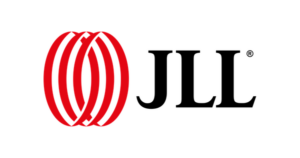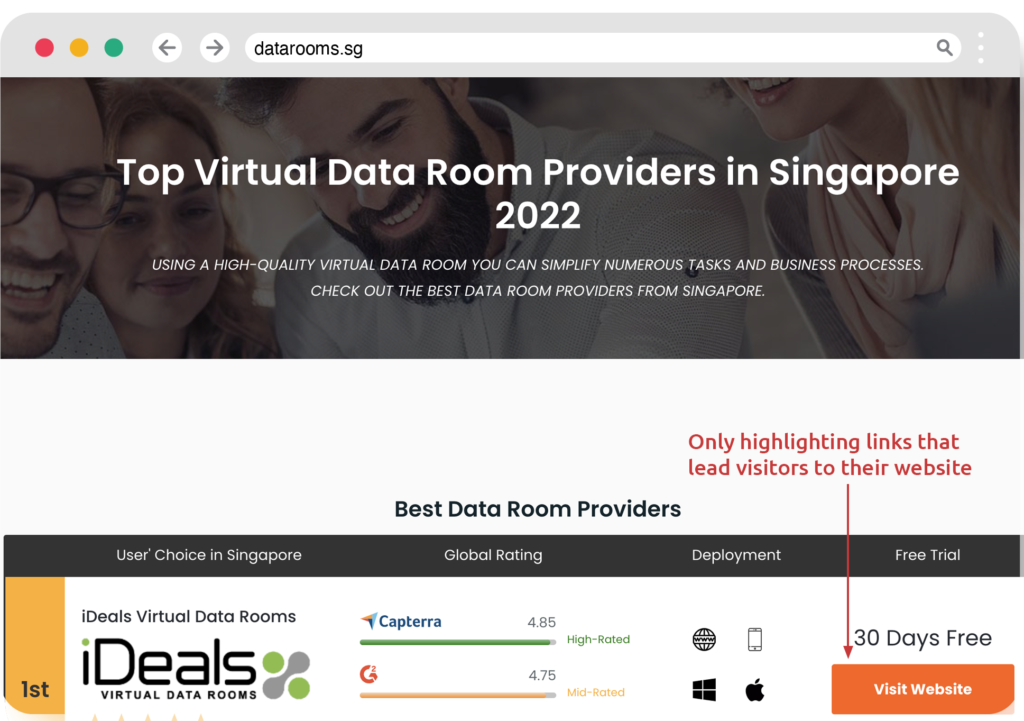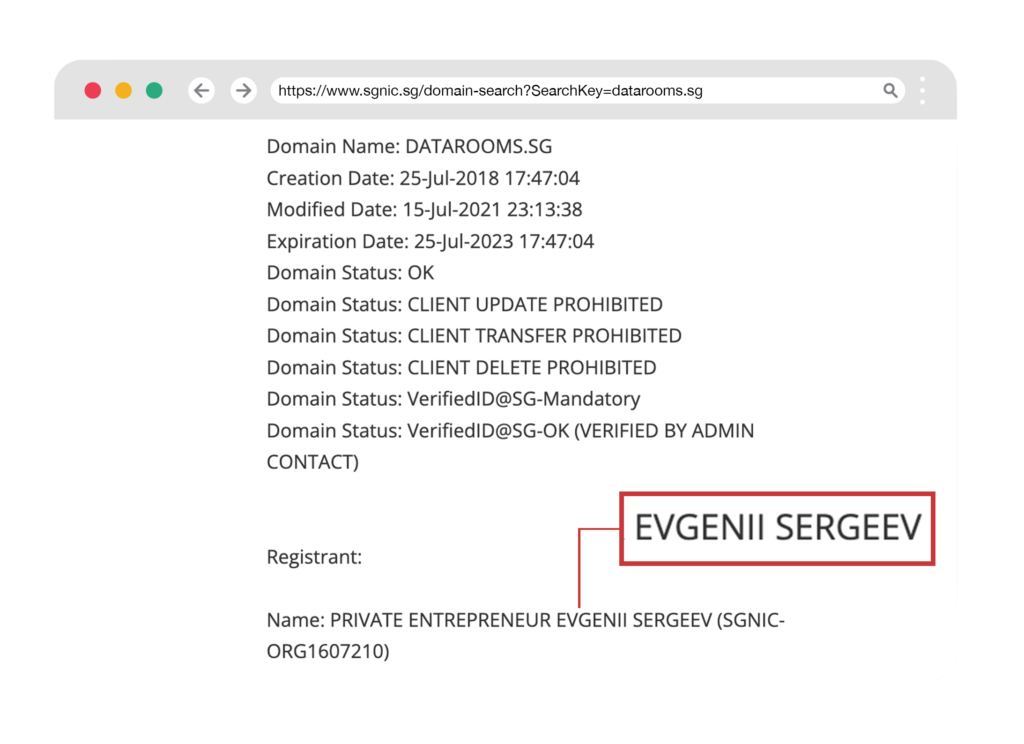When it comes to protecting intellectual property, the Internet is kind of the Wild West of the digital world. Once you digitize a file and send it outside the safety of your computer system, you open your property to rogue players who might steal your ideas and put them to use for their benefit.
The solution to maintaining control of your intellectual property while sending files is the long-available but little-used digital rights management (DRM).
DRM ranges from the simple (e.g. read-only PDFs) to the complex (e.g. requiring recipients to install the proper software to access files).
These traditional methods, however, created the roadblocks to the growth and use of DRM to protect intellectual property. They were either too simplistic and didn’t prevent stealing or so complex that recipients felt harassed trying to gain access to files.
Fortunately, recent developments in DRM have made the process simpler, more effective and more economical. DRM now is within reach of small, medium and large companies who need to send files without losing control.
Now, the question becomes: How do you find the right DRM for your needs?
7 things to consider when selecting your DRM
1. What type of content are you protecting?
Are you looking at protecting training manuals, eBooks, proposals, videos and images? Will your files be in a single format? Are you looking at sending PDFs between collaborating colleagues? Are you selling eBooks to the public? Are you giving away white papers to prospective customers along your sales funnel? Are you sending along training manuals and videos to your clients?
All of these uses share a potential for harm to your business if the files fall into the wrong hands.
Some solutions, particularly free DRM programs, protect only a single file type, such as a PDF. More robust systems will protect a multitude of file formats such as PDF, Excel, video, image and audio formats.
2. What level of protection is needed?
How much control do you want to have over your files? Are you satisfied with just controlling users’ ability to download, print and copy a PDF? If so, a traditional DRM software might meet your needs.
If you need more than that, ask yourself these questions. Would it benefit your business to track user activity with analytics (see who viewed your files, for how long and from where)? Is it important for your recipients to agree to terms of access (similar to a non-disclosure agreement)?
A typical DRM does not have such features, but modern DRM solutions offer an all-in-one integrated solution that protects your documents along with providing valuable data on how others are engaging with your files.
3. Who is the intended audience?
Who do you need to send your intellectual property among? Will you just be passing files back and forth between collaborating staff members? Will you send proprietary information with your board of directors or potential investors? Are you selling your products via eBooks or training manuals?
Each of these scenarios could be better suited by a different type of DRM. For instance, staff-only sharing could be addressed by an on-site solution with software that works through your protected network. After all, staff members are used to working through company software systems and wouldn’t be burdened by another software. However, such a service can limit where and when files can be accessed as they must remain within the network system.
If you’re sending with external parties like directors, investors and/or customers, you’ll be expected to provide a system where they can access files from multiple locations across a broad range of devices. You will also have to control whether or not they are accessing your files via unsecured networks.
4. Experience for the user
Consider how your target audience will experience your DRM solution. In-house staff won’t be bothered as much by a complex system that requires extra steps to use.
If you’re providing access to external parties, however, ease of use will be a big factor. Some customers or investors might balk if they have to download another piece of software or app to access your files. In that case, a DRM software that works across a spectrum of devices with zero installation required would certainly be ideal.
5. End-user IT environment
Choosing the right DRM solution will also depend on the IT environment on both sender and recipient. Would an in-house system put an extra burden on you and your staff when creating and managing files?
Will your recipients be hesitant to download another app or software to access your files? There are plenty of variables, as they may even be forbidden from downloading software on their corporate end.
6. Self-hosted or cloud?
Do you want to host the solution or simply get it from the cloud? Are you and your employees ready to handle another piece of software they must install, maintain and provide support for? How often can they handle an upgrade?
Alternatively, some would prefer a cloud-based system where all those details are handled by your provider’s tech staff instead.
7. What is your budget?
Though it’s the last issue to address, it’s certainly not the least important. The budget you can commit to a DRM solution is incredibly important.














